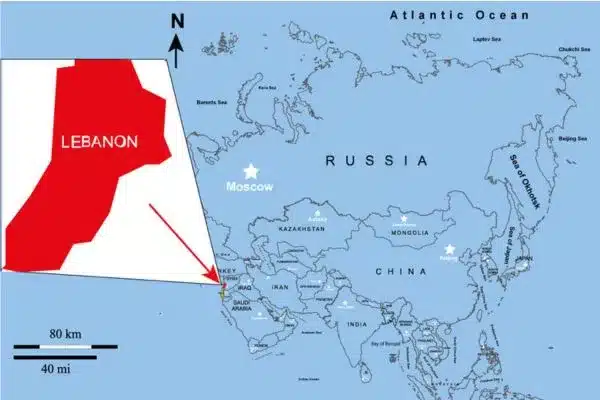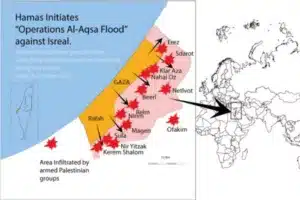Lebanon Map HD Free EPS Ai or PDF
Lebanon Map HD Free EPS Ai or PDF

Lebanon is a small, diverse country located in the Middle East, on the eastern shore of the Mediterranean Sea. Here are some key facts and information about Lebanon:
- Geography: Lebanon is bordered by Syria to the north and east and Israel to the south, with a coastline along the Mediterranean Sea to the west. It has a varied landscape, including coastal plains, mountains, and the fertile Bekaa Valley.
- Capital: The capital city of Lebanon is Beirut, which is also the largest city and the economic and cultural hub of the country.
- Population: The population of Lebanon is diverse, with a mix of different religious and ethnic groups, including Arab Muslims, Arab Christians, and other minorities. The exact population figures can vary due to ongoing demographic changes and historical events.
- Language: Arabic is the official language of Lebanon, and French and English are also widely spoken and used in business and education.
- Religion: Lebanon is known for its religious diversity. The country has a unique political system that allocates government positions based on religious affiliation. The major religious groups in Lebanon include Shia Muslims, Sunni Muslims, Maronite Christians, and various other Christian and religious minorities.
- History: Lebanon has a rich and complex history, with influences from various civilizations, including the Phoenicians, Romans, Byzantines, and Ottomans. It gained independence from France in 1943. However, Lebanon has experienced significant political and social upheavals, including a civil war that lasted from 1975 to 1990.
- Economy: The Lebanese economy has faced challenges, including political instability and economic crises. The country has a diverse economy, with key sectors including banking and finance, tourism, and services.
- Cuisine: Lebanese cuisine is renowned for its delicious and diverse dishes. Popular Lebanese foods include falafel, shawarma, hummus, tabbouleh, kebabs, and baklava.
- Culture: Lebanon has a rich cultural heritage, with contributions to literature, music, and the arts. The country has a vibrant contemporary cultural scene, with a strong presence in the Arab media and entertainment industries.
- Current Affairs: As of my last knowledge update in September 2021, Lebanon was facing significant challenges, including political instability, economic crisis, and the aftermath of the 2020 Beirut explosion. Please note that the situation may have evolved since then, and it’s essential to consult the latest news and sources for up-to-date information on Lebanon.
Lebanon’s history and current affairs are characterized by complexity and change, so it’s advisable to stay informed about the latest developments to understand the country’s current situation.
Israel-Lebanon conflict:

